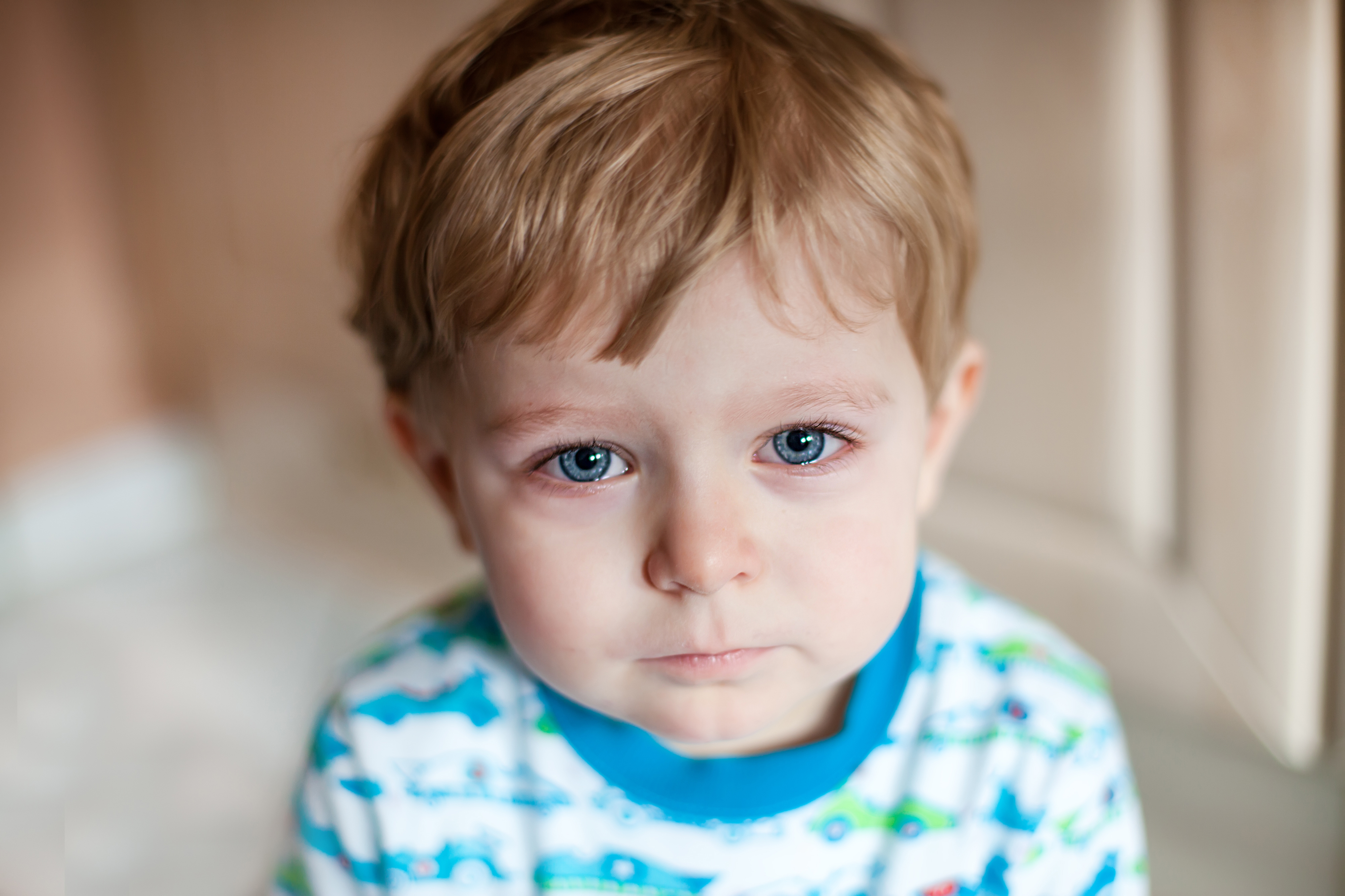According to the U.S. Department of Health and Human Services’ Administration on Children, Youth, and Families, 47% of children who experience some type of child abuse and neglect are under the age of 5.

Dr. Melissa Bright, Center assistant research scientist and early childhood advocate, wants to fix that.
Learn more through the following interview.
Alexis Brown: Hi Dr. Bright, thanks so much for taking time out of your schedule for this interview. I’m excited! I’d first like to explore some of the experiences that led you to become interested in child abuse as a research and advocacy topic.
Dr. Melissa Bright: I have always been drawn to working with kids. I appreciate how smart children are and watching them experience their ‘aha’ moments when they figure things out. When I got to college and I started doing research, the first project I worked on was about perceptions of child abuse. It was loosely related to kids so I thought it would be interesting. My mentors were second-to-none and I became hooked on the research process. I love using science to address serious, everyday events like child abuse and neglect.
AB: So your passion for the topic was driven mostly by your academic experiences?
MB: If anyone were to look at my life, I think they would say that there are likely other reasons for my curiosity as well. I’ve seen through family members’ experiences how broken the child welfare system is and how detrimental experiences of child abuse can be to a child’s development. This personal experience combined with my research and advocacy work has kept child abuse as an issue near and dear to my heart.
AB: So how did you transition from research perceptions of child abuse to some of your current projects?
MB: Studying perceptions of child abuse sparked my interest in the topic and the notion that people view the same experience differently. When I dove into the literature on child abuse, I then became interested in the causes and effects of abuse.
In graduate school, I studied infant development and family dynamics. I then developed a series of collaborations with clinicians in an Australian hospital, policymakers at the Institute for Child Health Policy, and practitioner-scientists who worked with children.
Each of these projects led to a series of symbiotic relationships where I would have a research idea that I’d developed in my office, and I would take it to my clinician friend and collaborate. It works vice-versa as well, my clinician colleagues would bring me questions they develop in the field and we’d develop a study to answer that question.
Much of my work today follows this model, and it’s incredibly rewarding. I get to do research that I feel is not only rigorous but also meaningful. The results have implications for real life.
AB: Wow. That’s a really cool path. So, how have you integrated all of this work with the Center’s cause of early childhood?
MB: I was drawn to the Center because I really appreciated its mission to focus on early childhood (ages birth to five). Children aged birth to five have the highest rates of abuse and neglect, with infants under the age of one having the highest rates. This extensive brain and body development also occurring during this period makes for a toxic combination.
AB: What projects are you working on now?
MB: I currently work on a variety of projects. In one project I am evaluating a primary school victimization-prevention curriculum. The Child Safety Matters curriculum was developed by the Monique Burr Foundation and it children ways to identify risky situations. It covers things like how to tell an adult ‘no’, and how to maintain personal space boundaries.
In another project, my colleagues and I examined the temporal relationship between report card release dates and calls to the child abuse hotline in Florida. We found that it isn’t necessarily just when report card comes out that we see abuse spike, but when the report cards come out on Fridays, we see the abuse calls spike on Saturdays.
AB: Wow, that’s a really important insight. So, given all of your experience with child abuse, what are your recommendations for preventing abuse in the future?
MB: In terms of preventing child abuse, I think there are several avenues to pursue. With my work, my goal is to equip multiple child-serving professionals (like teachers and pediatricians) with the skills to prevent, identify, and address child abuse.
Story by: Alexis T. Brown
